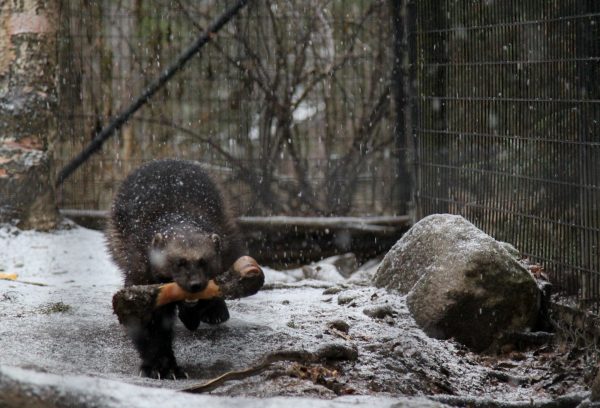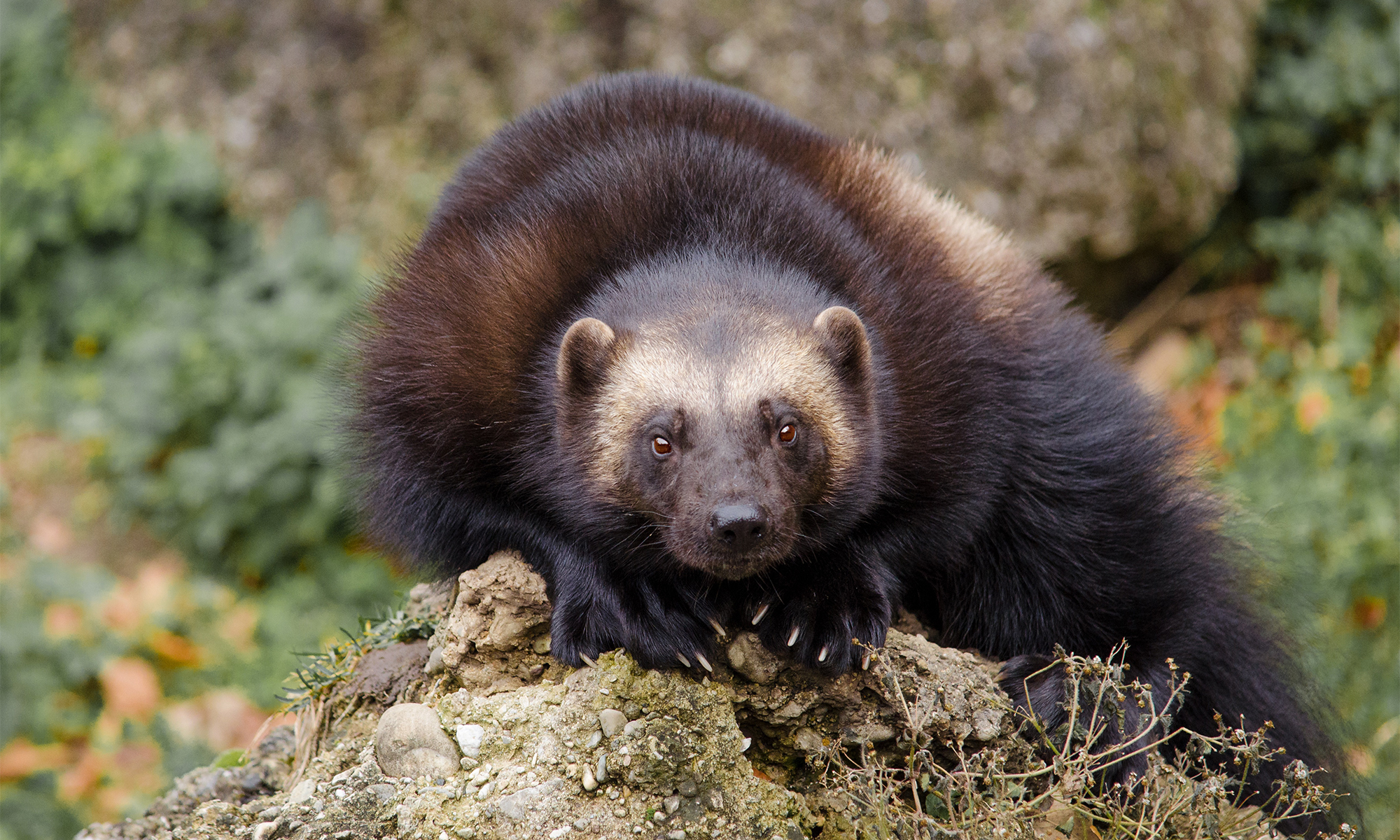Are There Wolverines In Alaska? Exploring The Arctic Wilderness
A Wolverine Showdown | Alaska’S Deadliest
Keywords searched by users: Are there wolverines in Alaska alaska wolverines, how many wolverines in alaska, can you hunt wolverines in alaska, are wolverines dangerous, alaska wolverine size, are wolverines endangered, are wolverines aggressive to humans, how many wolverines are left in the world
How Many Wolverines Are In Alaska?
Estimates of wolverine populations in Alaska vary depending on the sampling method and location. In south-central Alaska, a probability sampling approach utilizing line transects yielded estimates of approximately 4.7 to 5.2 wolverines per 1000 square kilometers, as reported by Becker et al. in 2004. In contrast, studies conducted in both south-central Alaska and northern Yukon employed quadrat sampling techniques, leading to wider population estimates ranging from 3.0 to 9.7 wolverines per 1000 square kilometers. These findings, documented by Golden et al. in 2007 and further supported by Becker and Golden in 2008, illustrate the variability in wolverine populations across different regions and sampling methods in Alaska.
How Rare Are Wolverines In Alaska?
“How common or rare are wolverines in Alaska? To answer this question, we can look at wolverine populations across various regions. In the surveyed areas of the United States, specifically in Alaska, the population is estimated to be approximately 3.0 (± 0.4 SE) wolverines per 1,000 square kilometers. In the Rocky Mountains of the United States, the population ranges from 28 to 52, but the state of the population in California remains unknown. On the Canadian side, in Yukon, the wolverine population is estimated to be around 9.7 (± 0.6 SE) wolverines per 1,000 square kilometers. However, the populations in other areas are not specified. This information provides insights into the varying abundance of wolverines in Alaska and neighboring regions.”
Are There Wolverines In Anchorage Alaska?
Are there wolverines in Anchorage, Alaska? For urban residents curious about the wildlife in their city, it’s important to note that Anchorage, Alaska, is indeed home to wolverines. One prominent example is Jumbo, a male wolverine, who tips the scales at an impressive 40.5 pounds, showcasing his robust physique. This weight is nearly double that of his female companion, Olga. These fascinating facts shed light on the presence of wolverines in Anchorage and their notable size disparities, providing city dwellers with a deeper understanding of the local wildlife scene as of November 18, 2019.
Found 19 Are there wolverines in Alaska








Categories: Update 23 Are There Wolverines In Alaska
See more here: khoaluantotnghiep.net

Wolverines are found at low densities across Alaska. Results from a cooperative study with Chugach National Forest indicated a wolverine density of 4.5 to 5.0 wolverines per 1,000 square kilometers in Kenai Mountains and Turnagain Arm area, which is typical for other areas of South-central Alaska.Probability sampling using line transects in south-central Alaska resulted in estimates of 4.7–5.2 wolverines/1000 km2 (Becker et al. 2004). Those using quadrat sampling in south-central Alaska and northern Yukon resulted in estimates of 3.0–9.7 wolverines/1000 km2 (Golden et al. 2007, Becker and Golden 2008).What do city dwellers need to know? Jumbo the wolverine is 40.5 pounds of muscle. That’s almost twice the weight of his female companion, Olga.
| Country | Population in surveyed area | State of population |
|---|---|---|
| United States – Alaska | 3.0 (± 0.4 SE) wolverines/1,000 km2 | – |
| United States – Rocky Mountains | 28–52 | Unknown |
| United States – California | 3 | Unknown |
| Canada – Yukon | 9.7 (± 0.6 SE) wolverines/1,000 km2 | – |
Learn more about the topic Are there wolverines in Alaska.
- Wolverine Species Profile, Alaska Department of Fish and Game
- Wolverine Population Density
- Wolverine – Wikipedia
- There’s a wild wolverine in Anchorage. What do city dwellers …
- Habitat Use – The Wolverine Foundation
- Wolverines (U.S. National Park Service)
See more: khoaluantotnghiep.net/travel